For the last couple of weeks we’ve been talking about meal planning and how it can help you gain control of your family’s food budget, reduce food waste and end the nightly scramble to put something nutritious on the table. Today I want to talk about how you can develop a meal plan to suit the way your family eats.
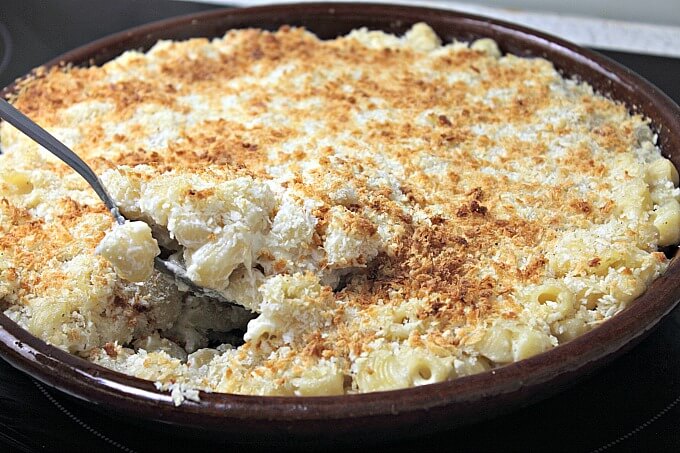
First off, follow this link to download my meal planning chart and guide. Follow the directions on the page and you’ll receive a blank chart in PDF form you can print out plus a review of the process I’m going to cover in this post.
Print as many blank sheets as you’ll need for your planning session. I’ve always been paid weekly so I shopped weekly. Your shopping interval may be different.
The chart is divided into four meals for every day of the week. You don’t have to be specific for every meal. Personally, I like to plan 3 meals per week and leave the other nights open to eat leftovers or something simple like soup and sandwiches. We also tend to rotate through the same meals so my focus is making sure I have what I need on hand. See my Methods For Successful Meal Planning post for more info.
My breakfasts tend to be very boring and the same thing over and over, like fruit and yogurt, until I switch to oatmeal over and over. Likewise, my lunches are nearly always a big salad or leftovers. For that reason, I don’t bother filling in those meals although I’ll make note if I need to buy more blueberries to go on my oatmeal (or yogurt).
You might find this area useful for planning prepared meals for eating on the go. For example you could make sandwiches for school lunches on Sunday and Wednesday. I did a lot of that sort of thing when I was a working single mom.
To use the chart, start by making note of any special meals you may have planned, or activities that mean you’ll be coming home late for dinner. Those are nights for easy, no fuss meals. I liked to use my slow cooker on days when my son had karate lessons. It was so nice to walk into the house and have 80 percent of the meal completed.
Next, go through your pantry and freezer making note of items that need to be rotated out of your inventory– that is to say, eaten. Do a web search for recipe ideas if you need to, then fill in the rest of chart and make note of items to buy at the grocery store in the grocery list section. Don’t forget to restock your staple items if necessary. If you like to shop weekly sales this is where you’d write those items down.
Make things easy on yourself and decide now that unless there’s a particular reason to do so, you’re free to change things around and make Monday’s meal on Wednesday.
Use the TO DO section at the bottom as a reminder of things that need to be prepared ahead of time. For example, thawing a frozen casserole or soaking beans.
As mentioned earlier, I use the chart more to make my grocery list and think of meal suggestions. I do find it to be really handy for planning my blog posts and batch cooking sessions. Download your copy of my meal planning chart and guide and give it a try for a couple weeks. If it doesn’t suit, use it as a jumping off point to design your own.
Other posts in this series:
Methods for Successful Meal Planning
Shop Your Freezer and Pantry Before Going to the Store

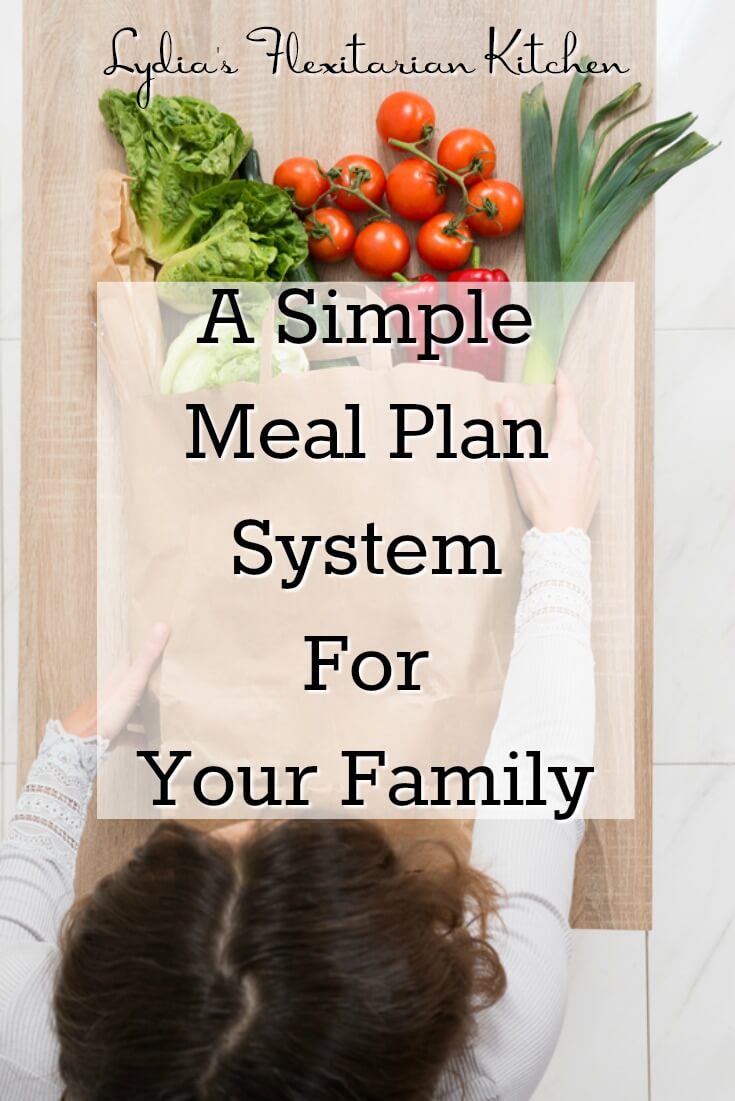


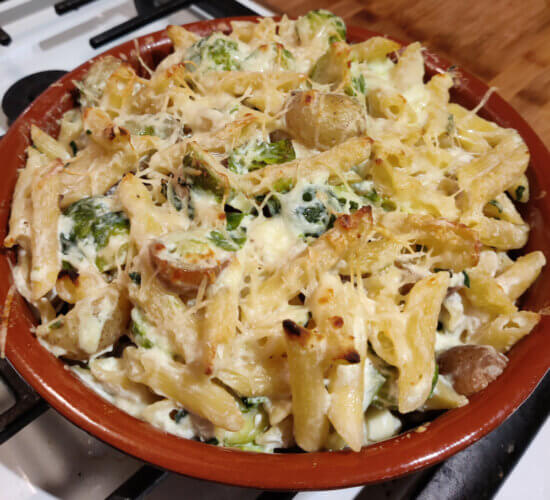

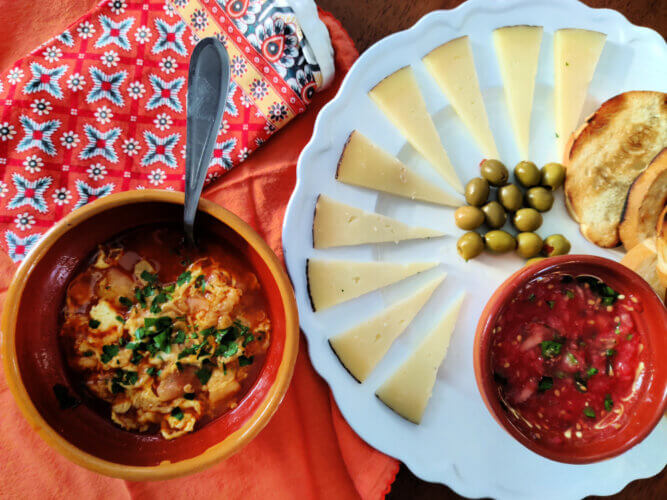
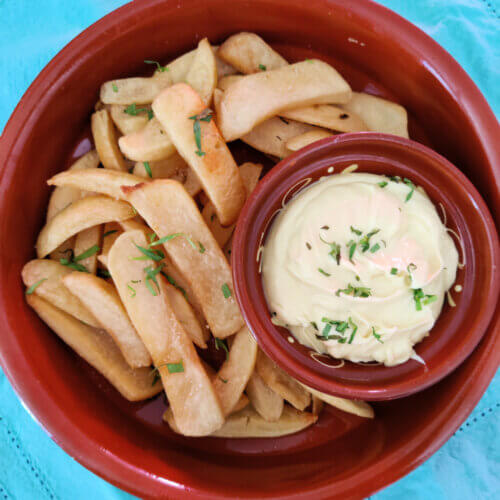

[…] I have a series of posts on basic meal planning you may find useful over on Lydia’s Flexitaria… Even if you have plenty of storage space, taking a freezer/pantry inventory will help prevent buying duplicate items, especially the more expensive ingredients. Eating from the food you have on hand will also free up space for all the goodies and leftovers generated by holiday eating. […]